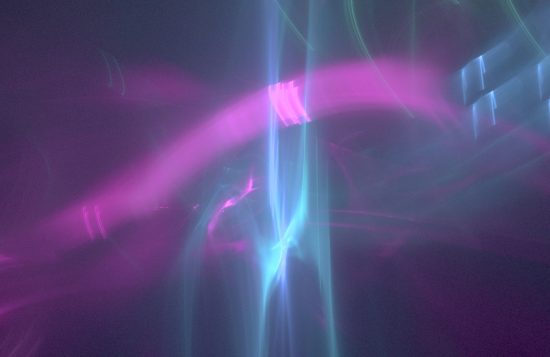
July 13, 2020
People who have never sailed on anything but perfectly calm seas will think it ridiculous that their decks or their stomachs could heave.
So it’s to be expected that people today, having never seen anything but the calm sailing of the planets around the sun, should dismiss as impossible claims of a stormy solar system. It’s easy to interpret the testimonies of ancient peoples as the ravings of a febrile imagination that peculiarly afflicted them. It’s only a bit more difficult to shrug off or to explain away the ruins and the scars of the storm as we and our space probes pick our way through its aftermath. But the scars on our souls, passed down from parent to child, institutionalized, acculturated, perplex and plague us. The normal and the neurotic intertwine and become indistinguishable.
The best intentions produce the worst consequences. Great evils are perpetrated by people who have good reasons.
Catastrophics won’t cure this. As Freud discovered and Reich explored, merely becoming aware of the primal trauma doesn’t heal the wound. Healing comes from discharging the fixated energy, relaxing the muscular (and character and cultural) armoring. It takes time and effort.
But catastrophics can provide a conceptual framework to facilitate healing. It can assuage the guilt: The primal trauma was no one’s fault. It can liberate response-ability: We have the ability to respond with healing. It can calm the fear: Premonitions of millennial doom are projections of past instabilities. It can focus attention on the present: The success of uniformist theories in explaining present conditions reassures us that “it’s over”.
And it can elicit an unexpected insight: Not only did we survive, not only are we healing, but the artistic creativity natural to human beings has converted-is converting-the trauma and its scars into textures of meaning and truth transcending the accidents of nature. Literature, paintings, dramas, and music come easily to mind. The sciences-which were considered arts until recent times-must also be included. We are neither victims nor imitators of catastrophe but artisans creating aesthetic meaning from the chaotic and inchoate raw materials of matter and events.
And underlying this is the implication that catastrophes may have driven, perhaps even generated, our creativity, our consciousness, our species. Whether born of catastrophe or matured by it, we can transcend the cramp of egocentrism that reduces us to whining and embrace the opportunities of creating lives that connect with a universe of vitality. The benefits of catastrophe are underappreciated.
Mel Acheson
The Thunderbolts Picture of the Day is generously supported by the Mainwaring Archive Foundation.












